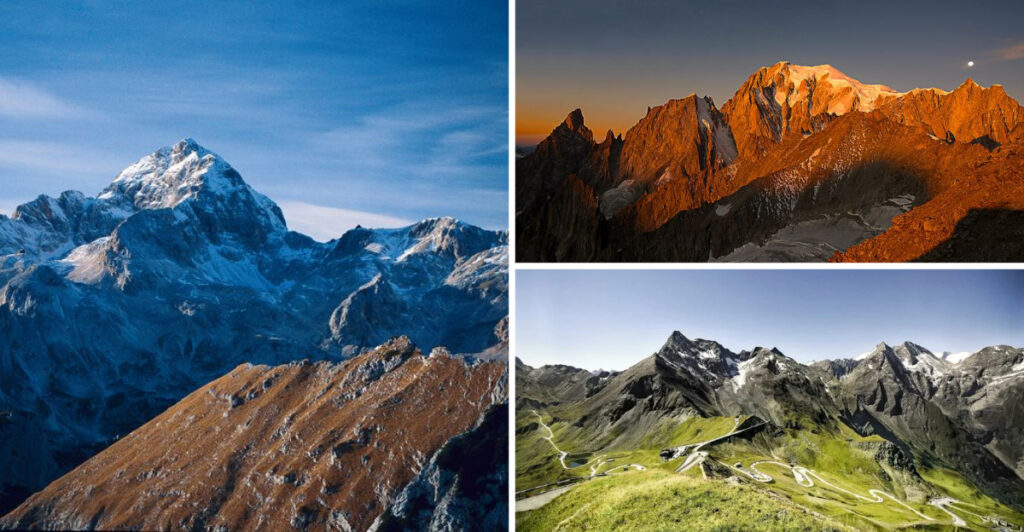Europe is home to some of the world’s most breathtaking mountain views. From the towering peaks of the Alps to the mystical ranges of the Carpathians, these majestic mountains offer both adventure and tranquility. Each mountain has its unique charm and allure, captivating travelers and nature enthusiasts alike. This article explores eighteen of Europe’s most scenic mountains, each offering a glimpse into the continent’s diverse landscapes and natural beauty. Join us on this journey through soaring heights and panoramic vistas as we discover the mountains that define Europe’s stunning skyline.
1. Matterhorn, Switzerland
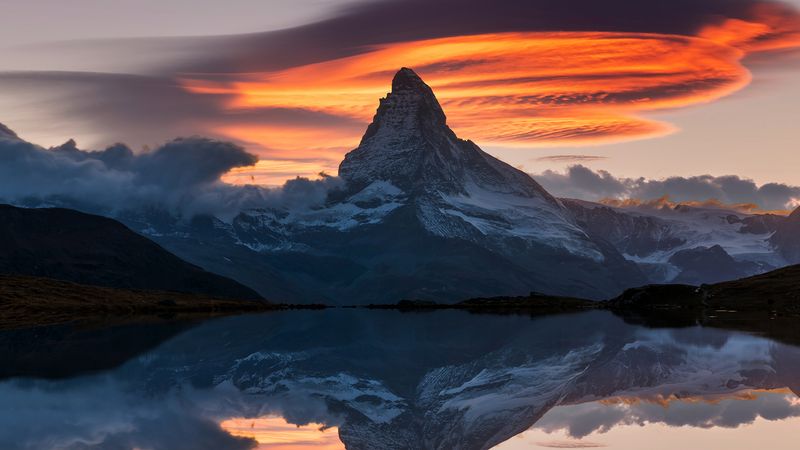
The Matterhorn is perhaps Europe’s most iconic peak, with its unmistakable pyramid shape. Rising to 4,478 meters, it straddles the Swiss-Italian border, offering breathtaking vistas from every angle. The mountain’s dramatic silhouette has become a symbol of the Alps and a prized challenge for climbers. Skirting the base of this mighty mountain, visitors can explore charming alpine villages, each offering a unique perspective of the Matterhorn’s beauty. Whether viewed from afar or ventured closely, the Matterhorn never fails to inspire wonder and awe.
2. Mont Blanc, France/Italy
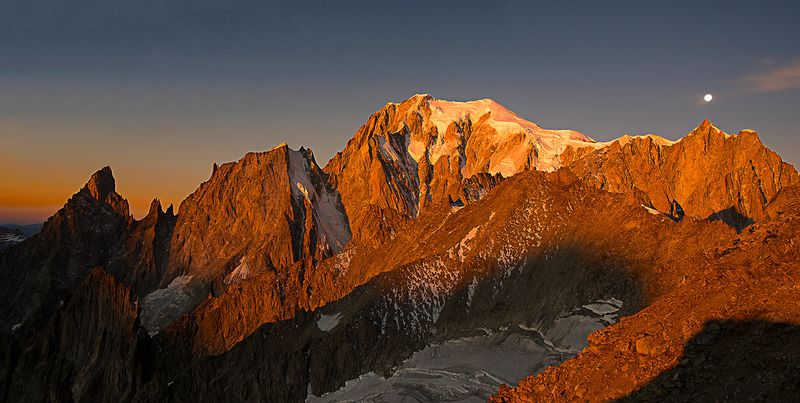
Mont Blanc, the highest peak in Western Europe, stands as a towering sentinel over the French-Italian border. Its snow-clad summit, reaching 4,810 meters, is a dream for mountaineers and a cherished vista for all who behold it. The mountain’s glaciated slopes create a spectacular play of light and shadow, especially at sunrise and sunset. Beyond its physical beauty, Mont Blanc is steeped in history, with age-old tales of explorers and adventurers adding to its mystique. It remains a symbol of the relentless pursuit of discovery and the challenges of nature.
3. Grossglockner, Austria
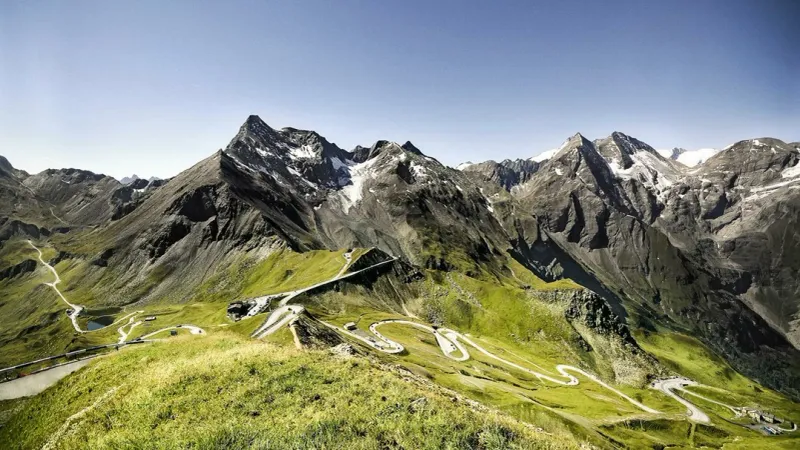
Grossglockner towers as Austria’s highest mountain, reaching an impressive 3,798 meters. This majestic peak is the crown jewel of the Hohe Tauern National Park, enveloped by lush valleys and shimmering glaciers. The Grossglockner High Alpine Road, a famous scenic route, offers unparalleled views of the mountain and its surroundings. Known for its diverse flora and fauna, the area provides a habitat for rare alpine species. Whether you’re a hiker or a casual observer, the awe-inspiring vistas and pristine beauty of Grossglockner promise an unforgettable experience.
4. Ben Nevis, Scotland
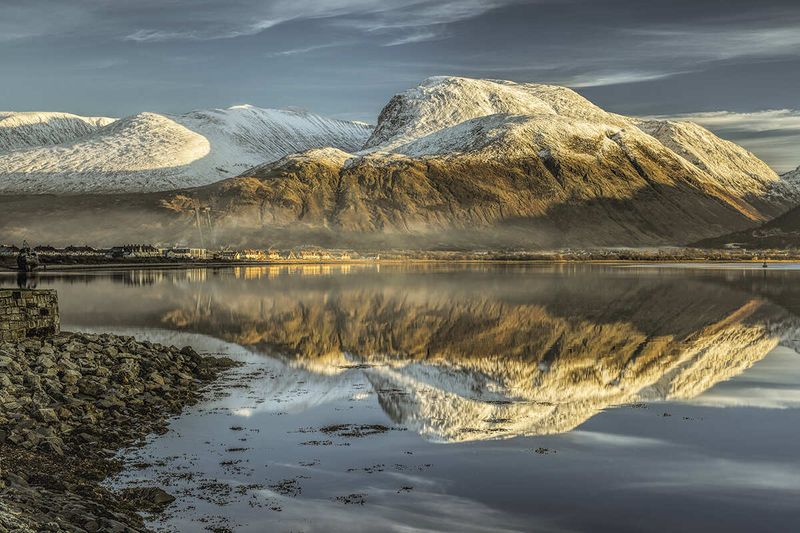
Ben Nevis, the tallest mountain in the British Isles, stands at 1,345 meters and is a beacon for hikers and climbers. Its rugged terrain and often mist-covered peak offer a challenge to even the most seasoned adventurers. The mountain’s name, derived from Gaelic, means “Mountain with its Head in the Clouds,” aptly describing its frequent cloak of mist. Rich in history and natural beauty, Ben Nevis offers panoramic views of the surrounding Highlands, making it a must-visit for lovers of nature and history alike.
5. Monte Rosa, Switzerland/Italy
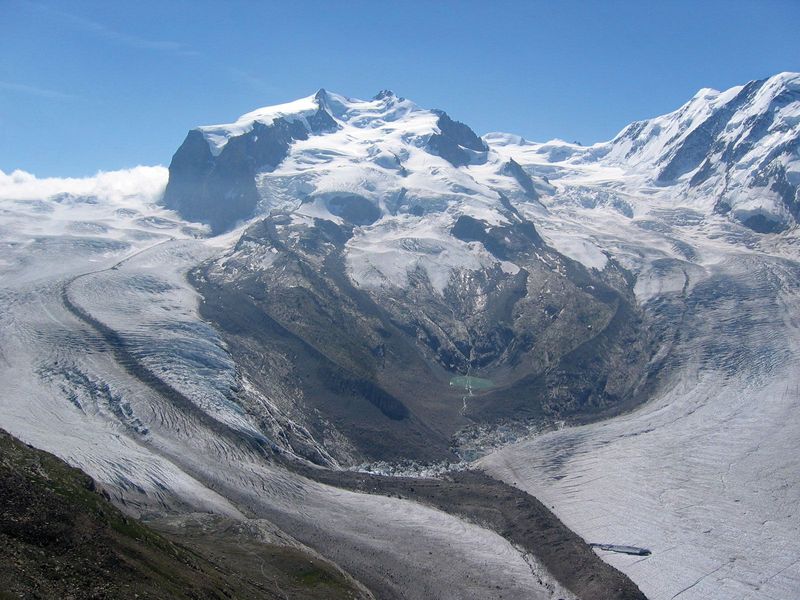
Monte Rosa, straddling the Swiss-Italian border, is Europe’s second-highest peak. The massif’s highest point, Dufourspitze, reaches 4,634 meters. Known for its extensive snowfields and glaciers, Monte Rosa offers a captivating landscape for explorers. The mountain’s name translates to “Pink Mountain,” reflecting the alpenglow that often bathes its slopes at dawn and dusk. With a rich mountaineering history and an array of challenging routes, Monte Rosa is a magnet for climbers. Its awe-inspiring views and serene beauty make it a standout among Europe’s great peaks.
6. Mount Elbrus, Russia
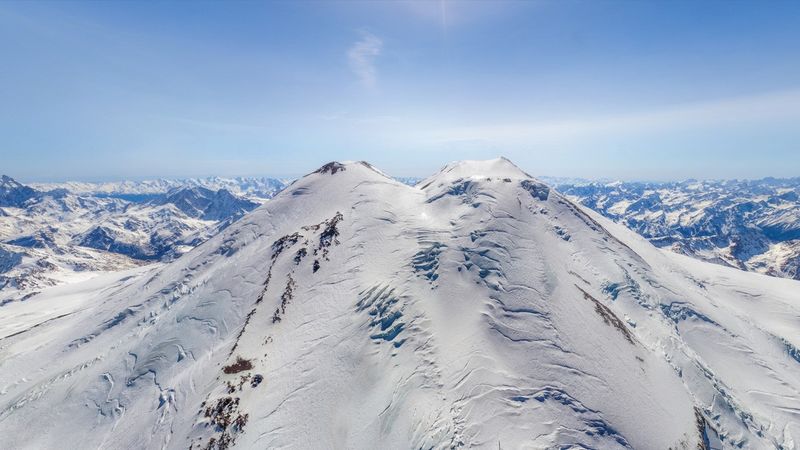
Mount Elbrus, standing majestically at 5,642 meters, is the highest peak in Europe and a crown jewel of the Caucasus Mountains. Its twin summits, eternally blanketed in snow, present a striking image against the azure sky. The mountain’s gentle slopes attract climbers from around the world, while its status as one of the Seven Summits adds to its allure. Rich in mythology and history, Mount Elbrus has been a source of inspiration for centuries, offering not only physical challenges but also spiritual insights for those who venture its heights.
7. Triglav, Slovenia
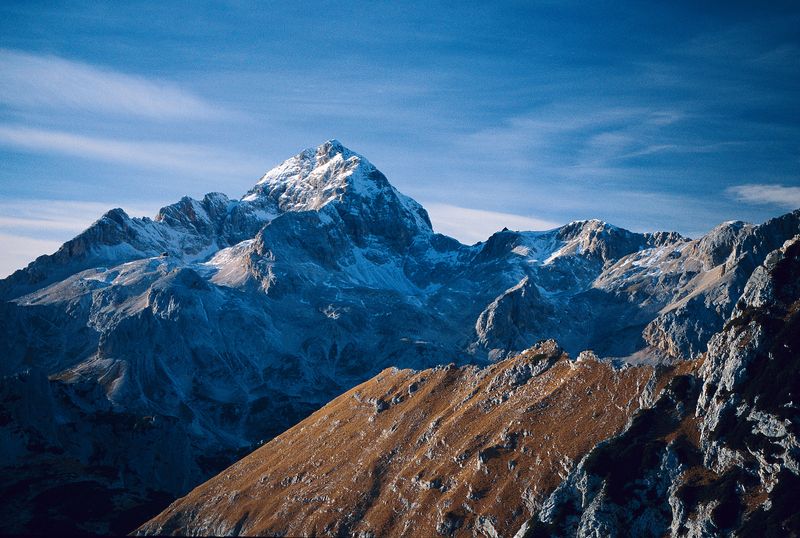
Triglav, Slovenia’s highest mountain, stands proudly at 2,864 meters, symbolizing the nation’s spirit and identity. The mountain’s distinctive three peaks are steeped in legend and folklore, drawing locals and visitors alike to its trails. Situated in the heart of Triglav National Park, the mountain is surrounded by pristine alpine wilderness. The journey to its summit is both a rite of passage and a celebration of Slovenia’s natural beauty. Whether experienced as a challenging climb or admired from below, Triglav captivates with its majestic presence and cultural significance.
8. Mount Olympus, Greece

Mount Olympus, the legendary abode of the Greek gods, rises to 2,918 meters along Greece’s eastern coast. Its rugged peaks and mythological significance have fascinated travelers for millennia. As Greece’s highest mountain, Olympus is a natural fortress, shrouded in mist and mystery. The mountain is part of the Olympus National Park, home to diverse flora and fauna. Historical sites at its base, including ancient ruins, enrich the experience of those who visit. Mount Olympus remains a symbol of divine beauty and timeless allure, inviting exploration and reverence.
9. Zugspitze, Germany
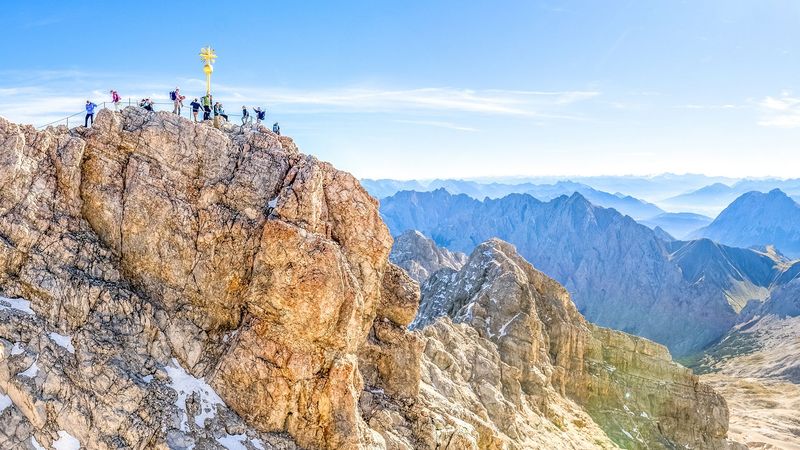
Zugspitze, Germany’s tallest mountain, stands proudly at 2,962 meters, offering breathtaking views of the Bavarian Alps. The summit can be reached by cable car or a challenging climb, rewarding visitors with panoramic vistas. Snow covers the peak, creating a striking contrast with the deep blue sky. The mountain’s unique location allows one to see the borders of Austria, Italy, and Switzerland from its top. Zugspitze is not only a haven for winter sports enthusiasts but also a year-round destination for those seeking stunning natural beauty.
10. Pico Aneto, Spain
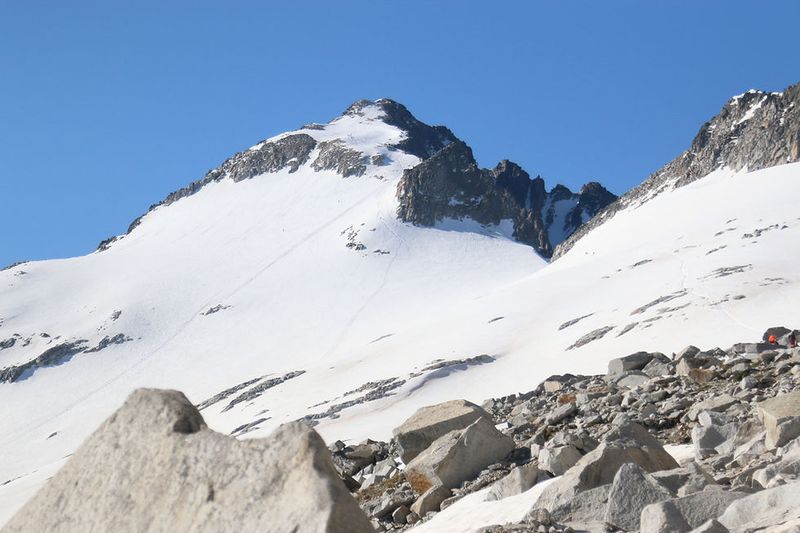
Pico Aneto, rising to 3,404 meters, is the crowning glory of the Pyrenees mountain range. As Spain’s highest peak, it presents a challenging climb for adventurous souls. The mountain’s jagged ridges and snow-capped summit create a breathtaking panorama that draws mountaineers and nature lovers alike. The surrounding landscapes are equally captivating, with lush valleys and crystal-clear streams meandering through the terrain. Pico Aneto’s prominence within the Pyrenees makes it a symbol of natural grandeur, offering both adventure and tranquility to those who seek its heights.
11. Jotunheimen, Norway
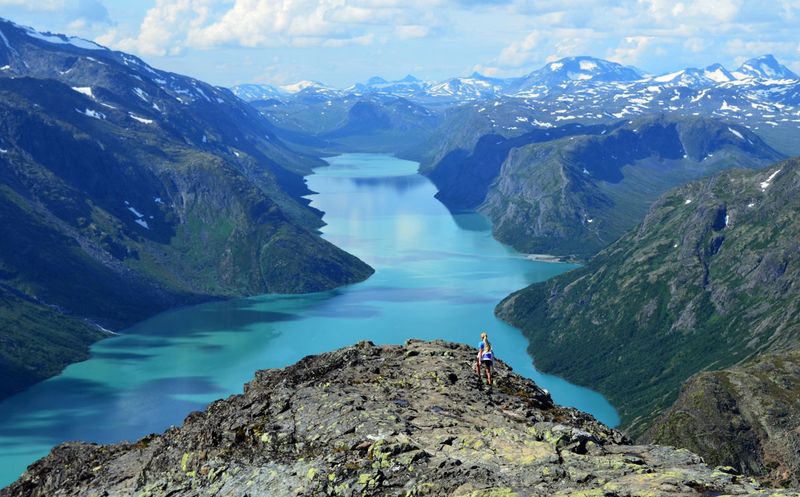
Jotunheimen, known as the “Home of the Giants,” is Norway’s highest mountain range, featuring some of the most awe-inspiring peaks in Scandinavia. The dramatic landscape is characterized by snow-covered summits, glacial valleys, and deep blue fjords. This stunning wilderness offers endless opportunities for exploration and adventure, from hiking and climbing to skiing and wildlife observation. The region is steeped in Norse mythology, adding an element of intrigue and mystery to its natural splendor. Jotunheimen is a testament to the raw beauty and untamed wilderness of Norway.
12. Mount Etna, Italy
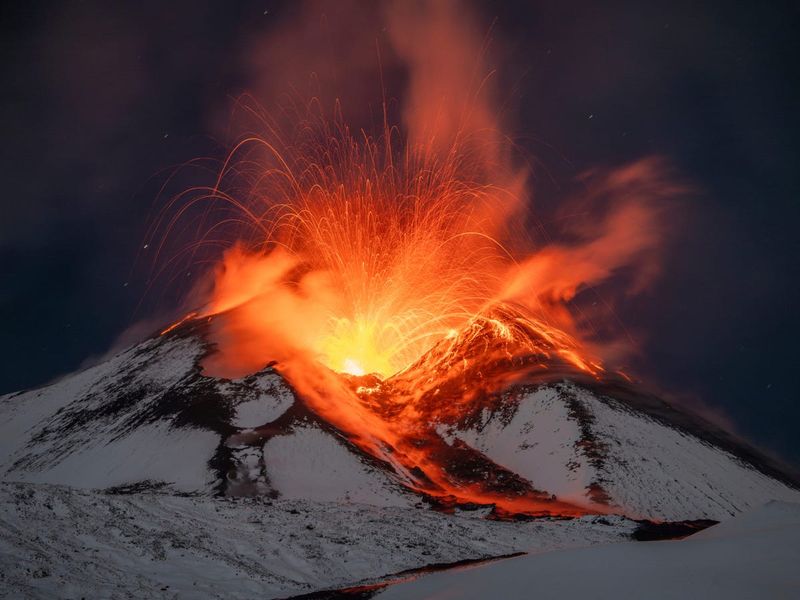
Mount Etna, towering at 3,329 meters, is Europe’s most active volcano and a striking feature of Sicily’s landscape. Its frequent eruptions have shaped the surrounding terrain, creating a dramatic contrast between lush vegetation and barren lava fields. The mountain’s fiery temperament and unique beauty attract visitors from around the world, eager to witness its power and explore its slopes. Etna’s fertile soil supports vineyards and orchards, adding to the mountain’s allure. Beyond its geological significance, Mount Etna holds a special place in Sicilian culture and history.
13. Snowdon, Wales
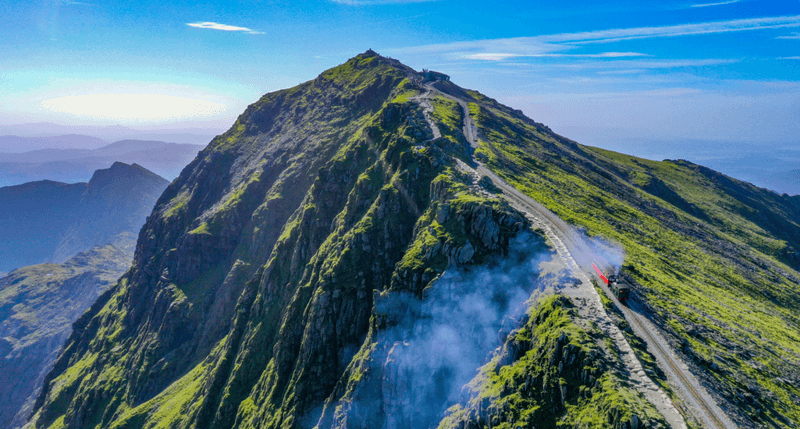
Snowdon, Wales’s highest peak, rises to 1,085 meters in the heart of Snowdonia National Park. The mountain’s rugged terrain and scenic vistas make it a favorite among hikers and nature enthusiasts. Visitors can ascend the summit via the Snowdon Mountain Railway or by various walking paths, each offering a unique perspective of the landscape. The breathtaking views from the top span across the Irish Sea and the surrounding national park. Snowdon’s beauty and accessibility make it both a symbol of Welsh pride and a haven for outdoor adventure.
14. Mount Triglav, Slovenia
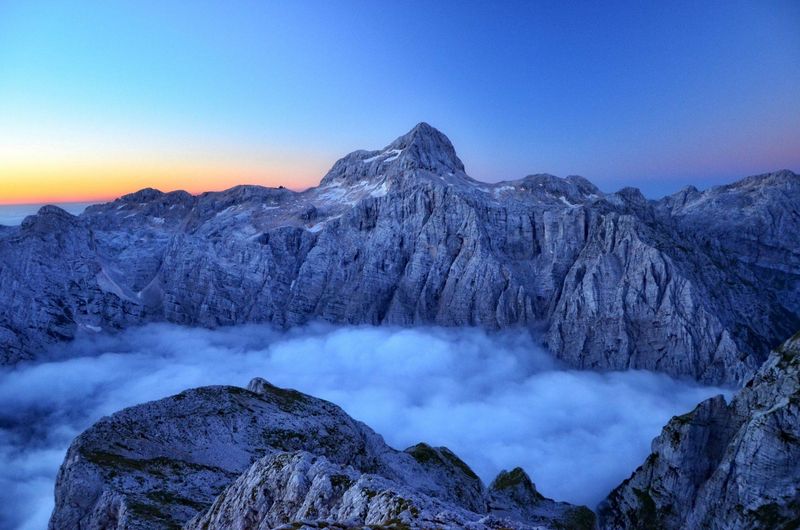
Mount Triglav, standing at 2,864 meters, is Slovenia’s highest peak and a cherished national symbol. Its distinctive three-headed summit rises majestically from the Julian Alps, representing the country’s unity and strength. The mountain is an integral part of Triglav National Park, offering a diverse landscape of forests, alpine meadows, and glacial valleys. Climbing Triglav is a rite of passage for Slovenians and a rewarding experience for international adventurers. The mountain’s natural beauty and cultural significance make it a focal point of Slovenian identity and pride.
15. Sierra Nevada, Spain
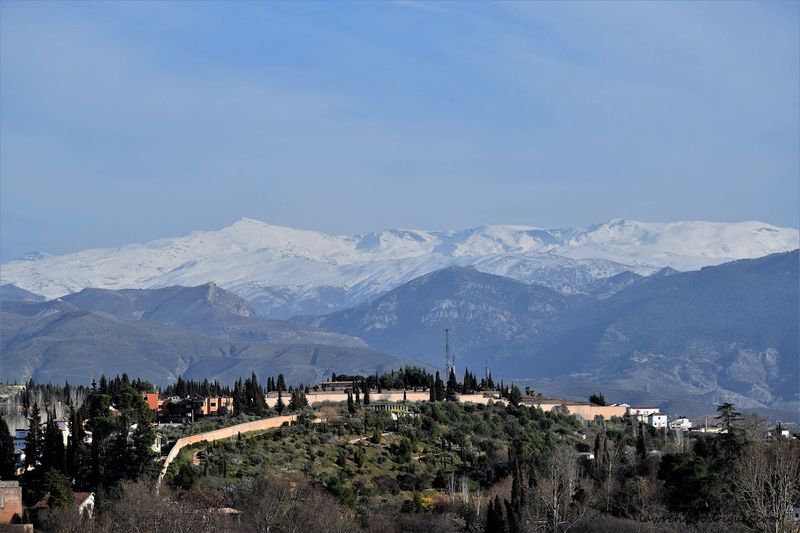
The Sierra Nevada mountain range in Spain boasts some of the highest peaks in the Iberian Peninsula, crowned by Mulhacén at 3,479 meters. Known for its striking contrast of snow-capped summits against the Mediterranean backdrop, this range offers a unique blend of natural beauty and cultural richness. The nearby Alhambra adds historical depth to the region, making it a captivating destination for explorers and historians alike. The Sierra Nevada’s diverse ecosystems and breathtaking landscapes provide endless opportunities for adventure and discovery in southern Spain.
16. Rila Mountains, Bulgaria
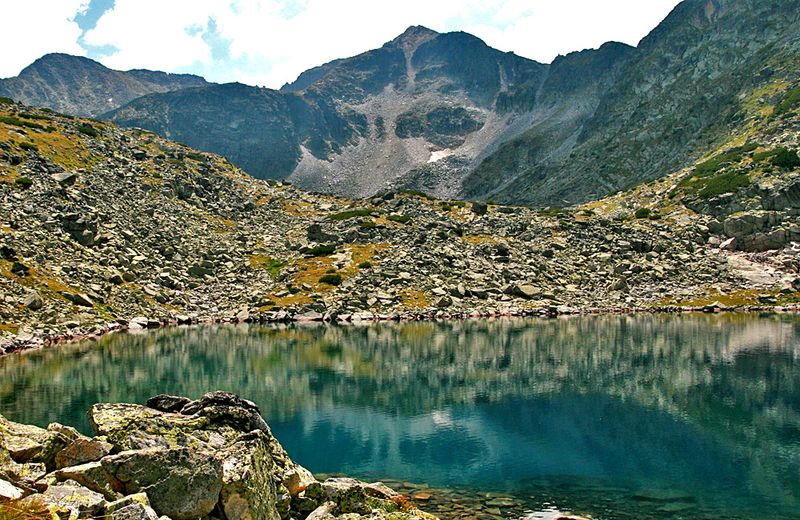
The Rila Mountains in Bulgaria are home to Musala, the highest peak in the Balkans, standing at 2,925 meters. This mountain range is renowned for its pristine landscapes, featuring lush forests, glacial lakes, and dramatic cliffs. The Seven Rila Lakes, nestled within the range, add to its enchanting beauty and attract nature lovers from around the world. Rich in biodiversity, the Rila Mountains offer a sanctuary for rare wildlife and a haven for outdoor enthusiasts. The combination of natural splendor and tranquility makes this range a gem of southeastern Europe.
17. Carpathian Mountains, Ukraine
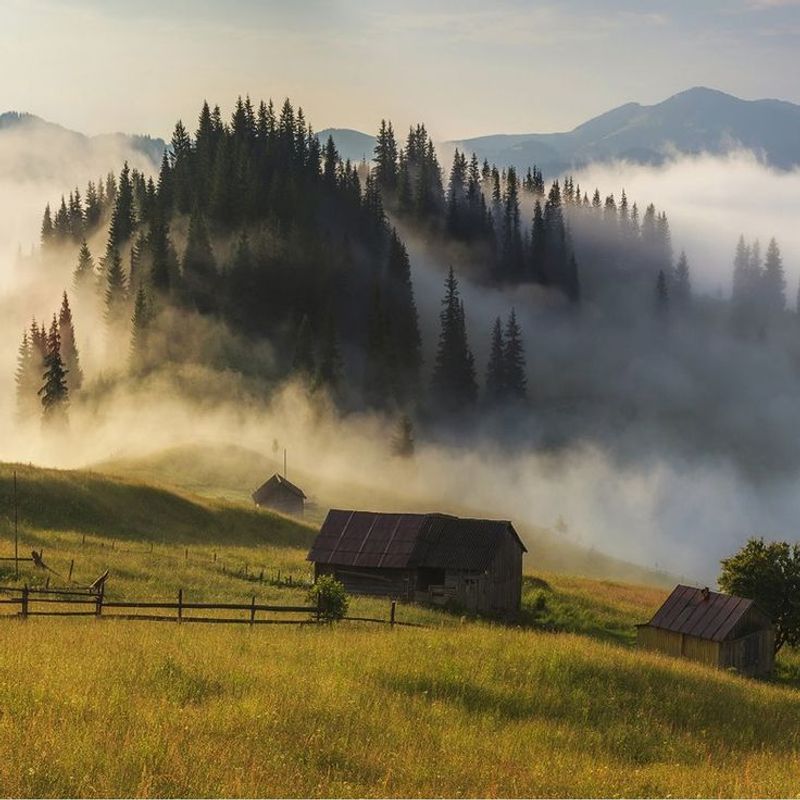
The Carpathian Mountains stretch across Ukraine, offering a picturesque landscape of rolling hills, dense forests, and tranquil valleys. This lesser-known range is steeped in folklore and tradition, providing a sense of mystique and wonder. The Carpathians are home to diverse flora and fauna, hosting wildlife such as brown bears, lynxes, and wolves. The region’s natural beauty and cultural heritage make it a unique destination for travelers seeking adventure and serenity. From hiking and skiing to cultural exploration, the Carpathians offer a rich tapestry of experiences.
18. Mount Korab, Albania/Macedonia
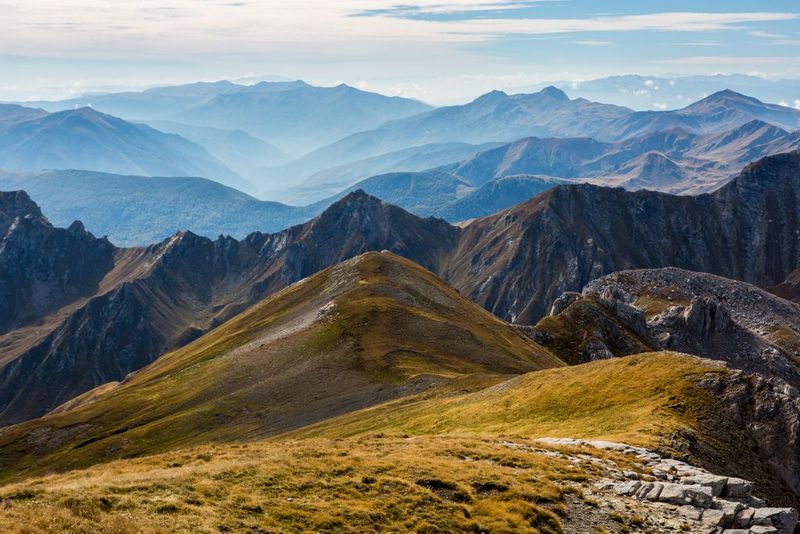
Standing proudly at the border of Albania and Macedonia, Mount Korab is the highest peak of both nations. As dawn breaks over its summit, the play of light reveals the vast Dinaric Alps, painting a canvas of green valleys and distant ridges.
The climb to Korab’s summit is a journey through diverse terrains, from dense forests to alpine meadows. Each step offers a new perspective, with the mountain’s rugged beauty unfolding gradually.
A fun fact: Korab holds a unique status as it is part of the Korab-Koritnik Nature Park, a haven for wildlife enthusiasts and hikers alike.

